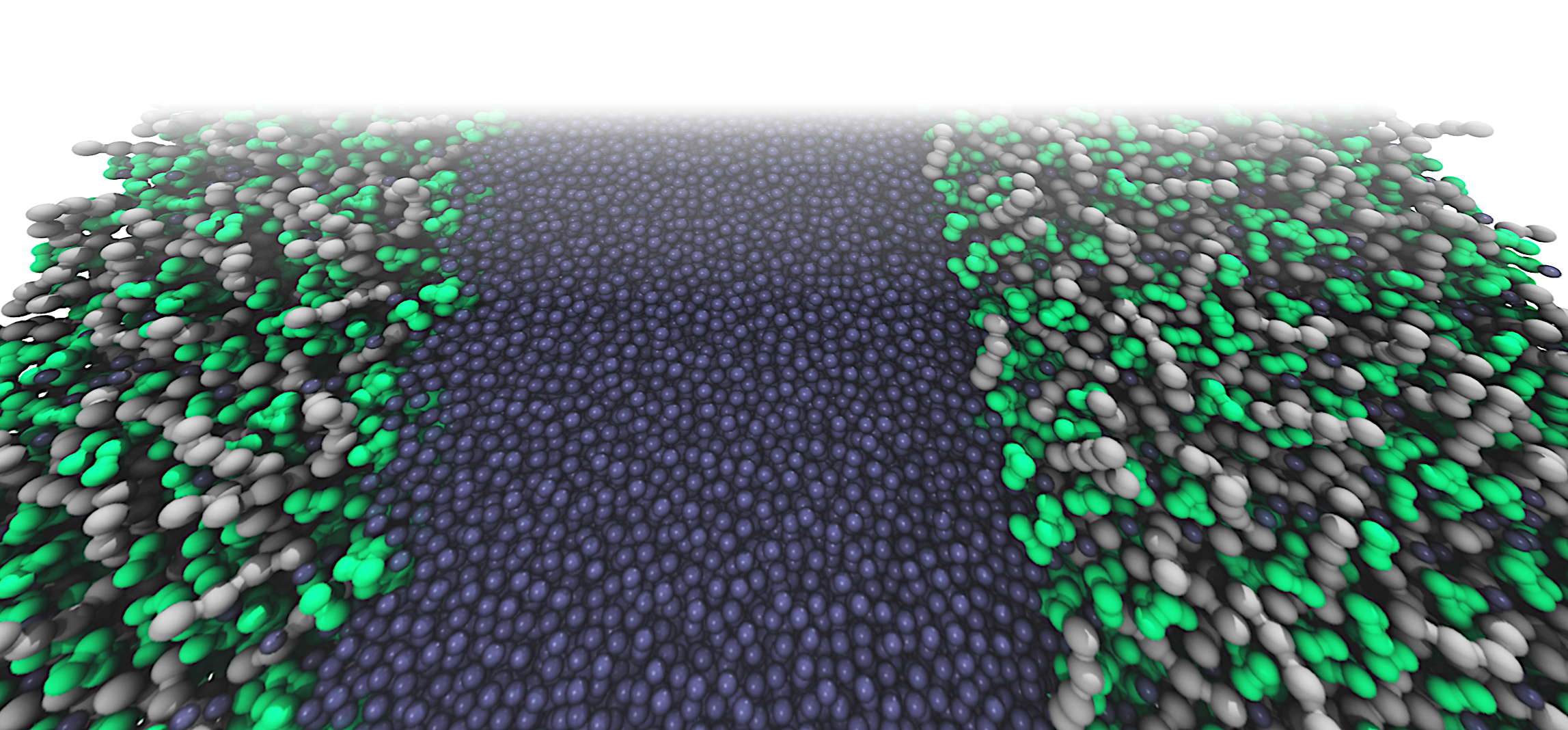A Guide to Computing Interfacial Properties of Fluids from Molecular Simulations [Article v1.0]
DOI:
https://doi.org/10.33011/livecoms.2.1.21385Keywords:
interfaces, liquid-liquid equilibrium, vapor-liquid equilibrium, fluids, molecular simulation, surface tension, training article, interfacial tensionAbstract
Molecular simulation is ideally suited to explore and describe the behavior of inhomogeneous fluid mixtures as it allows a unique perspective into the physics at the scale relevant to interfacial properties, filling the gaps between experimental determinations and theoretical predictions. Although rather common, Molecular dynamics and Monte Carlo schemes are employed, the technical implementation and the post-processing of the results are more challenging than for homogeneous fluids due to the spatial dependence of the interfacial properties. This work is devoted to describing and recommending methods for molecular-simulation computation of the most important interfacial properties of pure fluids and fluid mixtures, i.e., interfacial concentration of species, the interfacial thickness, the surface activity or adsorption of species, superficial enthalpy and entropy, wetting between phases and the interfacial or surface tension on planar interfaces. A detailed description is given of the steps required to perform classical molecular simulations including setting up of the initial configuration, choice of cell dimensions, thermodynamic conditions and ensemble, selection of the force field, simulation length, etc. and a discussion of the required post-processing steps in order to obtain interfacial properties. Additionally, general background and description of the expected results of interfacial fluid properties are provided, and step-by-step examples are included for the case of interfacial properties of pure fluids (carbon dioxide, decane) and mixtures (carbon dioxide + decane).


